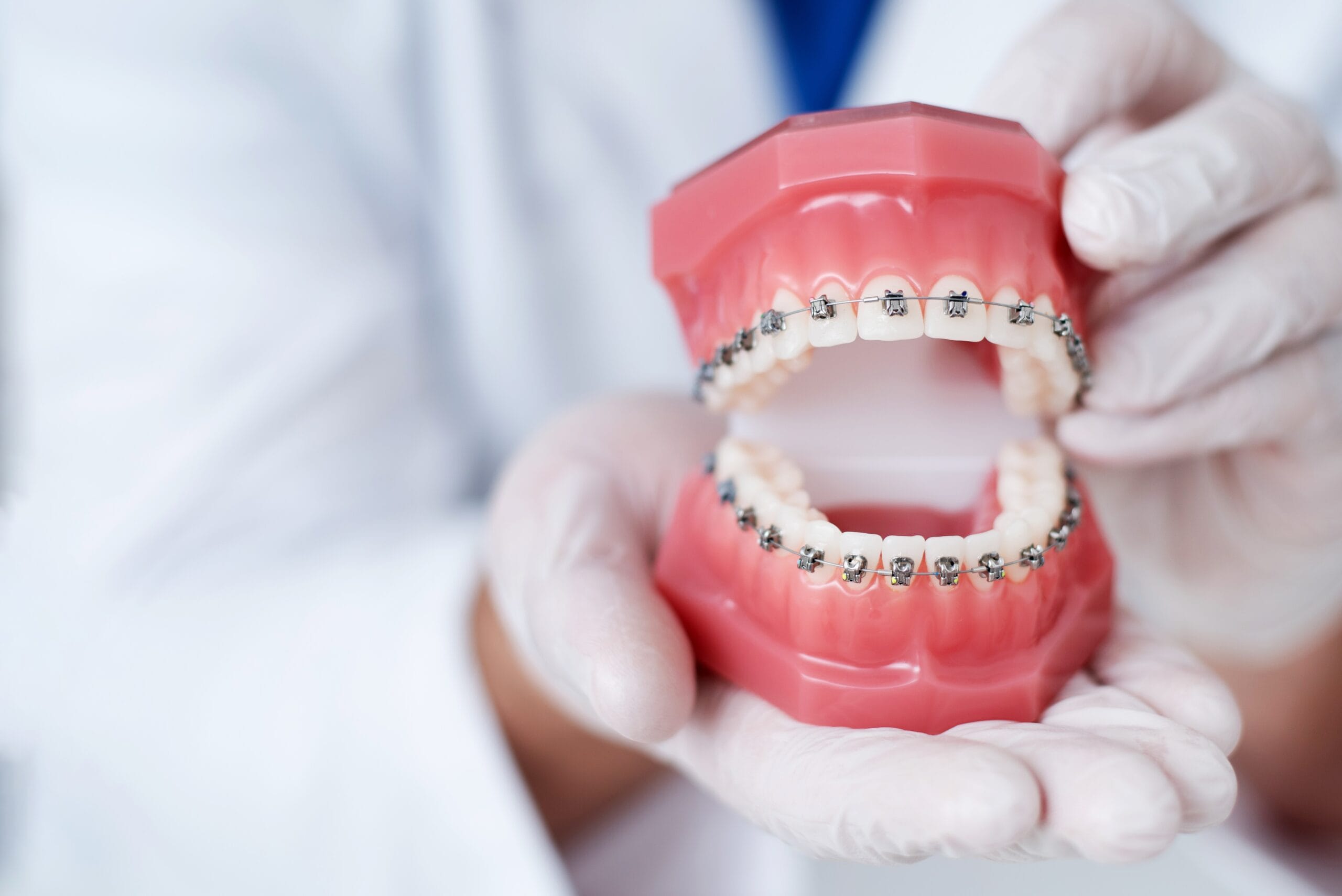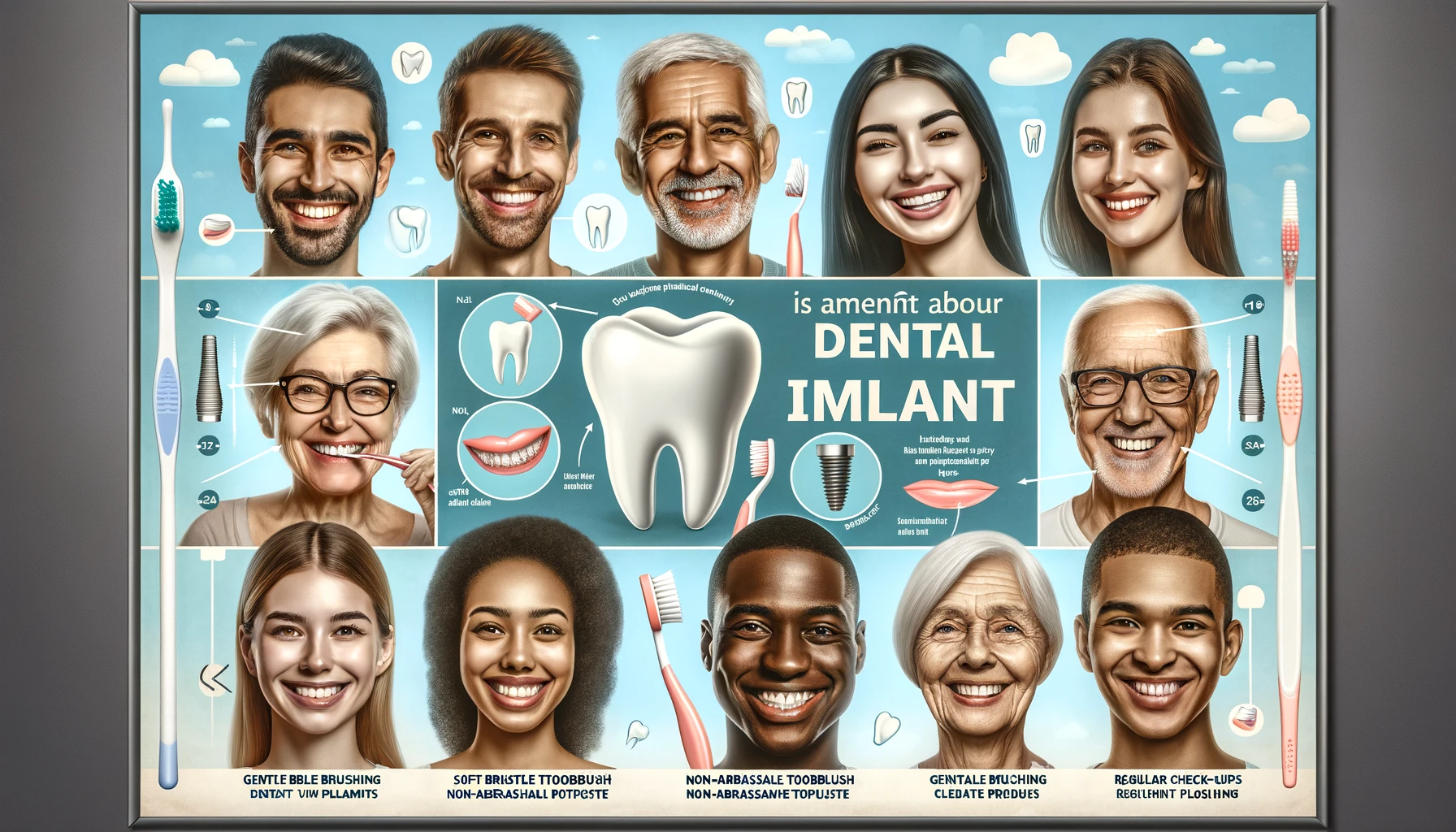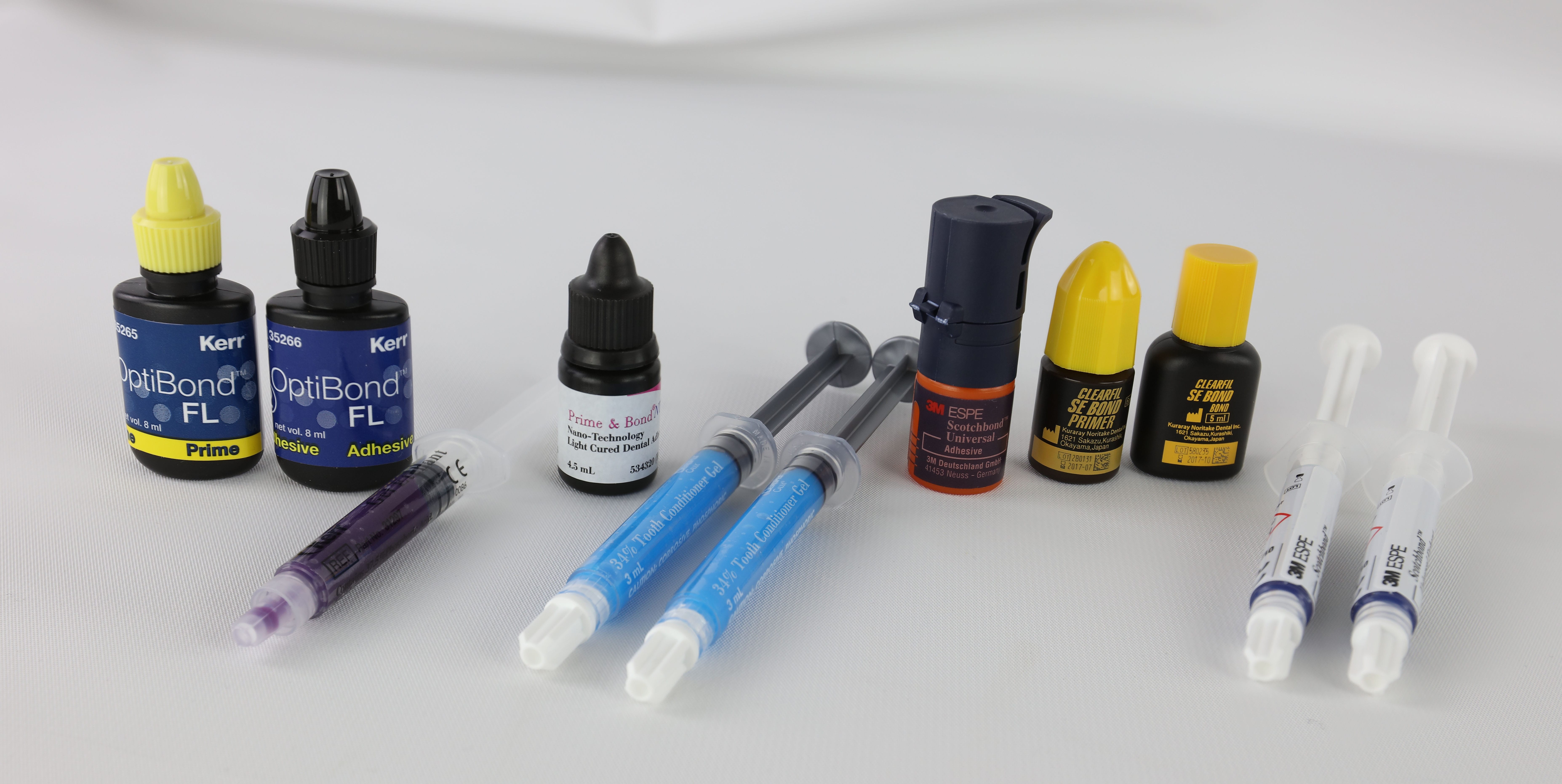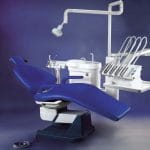The Anterior Growth Guidance Appliance (AGGA) has sparked intense debate in the dental community, particularly among those concerned about its safety and effectiveness. With over 25% of patients reporting complications related to jaw treatments, it’s no wonder that many are questioning the reliability of this device. While initially hailed as a breakthrough for addressing issues like malocclusion and growth discrepancies, the AGGA is now under fire due to numerous lawsuits alleging serious side effects, including nerve damage and misalignment.
In this article, you will uncover the intricate mechanics behind the AGGA, scrutinize the controversies surrounding its use, and examine the critical safety concerns that have arisen among dental professionals and patients alike. Are you ready to learn more about this contentious dental device? Your understanding of its implications could be vital for making informed choices about your oral health.
What is the AGGA Dental Device?

The AGGA Dental Device, formally known as the Osseo-Restoration Appliance, is a fixed orthodontic tool developed by Dr. Steve Galella in the 1990s. It is primarily aimed at adults and is designed to address several dental and jaw-related issues, including:
- Temporomandibular joint disorders (TMJ)
- Sleep apnea
- Cosmetic enhancements
Device Overview
The AGGA consists of molar bands that secure it to the back teeth, combined with springs that exert pressure on the front teeth and upper palate. Proponents claim that this pressure can remodel the jaw without surgery, providing a non-invasive alternative for patients seeking relief from jaw pain or aesthetic improvements. The device is intended to be worn for several months and must be removed by a dental professional.
Safety Concerns
Despite its marketed benefits, significant safety concerns have been raised regarding the AGGA. Numerous lawsuits have been filed by former patients alleging severe complications, including:
- Tooth displacement
- Gum damage
- Bone loss
Patients have reported experiencing loose teeth, damaged gums, and in some cases, complete tooth loss after using the device. Dental experts criticize the AGGA for failing to achieve jaw expansion as claimed; instead, it often pushes teeth out of alignment, leading to long-term dental issues. Notably, Dr. George Mandelaris has indicated that imaging studies of AGGA patients reveal harm to the bone supporting their teeth rather than any actual jaw expansion.
Regulatory Status
The AGGA has not undergone FDA approval and is not cleared for treating conditions like TMJ or sleep apnea. This lack of regulatory oversight raises further concerns about its safety and efficacy. The FDA is currently evaluating safety issues related to the AGGA and similar devices, following numerous patient testimonials detailing life-altering consequences from treatment.
How Does the AGGA Work?
The Anterior Growth Guidance Appliance (AGGA) is a dental device designed to stimulate jaw growth and remodeling, particularly in adults. Developed by Dr. Steve Galella, the AGGA targets conditions such as temporomandibular joint disorder (TMJ) and sleep apnea by applying consistent pressure to the upper palate and front teeth. This device, which resembles a retainer, is typically worn continuously for several months and costs around $7,000.
Mechanism of Action
The AGGA functions by applying pressure to specific areas of the palate, which proponents claim stimulates bone growth. Dr. Galella asserts that the device targets a nerve on the roof of the mouth, triggering a biological response that promotes remodeling throughout the craniofacial region. This process is believed to encourage forward growth of the jawbone, potentially improving facial aesthetics and alignment.
The appliance features a “jack-screw” mechanism that is adjusted every few days to maintain continuous pressure. Advocates argue that this encourages bone growth and expansion of the upper jaw. However, critics contend that rather than facilitating true jaw growth, the AGGA primarily displaces teeth outward, leading to misalignment and possible tooth loss.
Claims and Controversies
Proponents assert that the AGGA can alleviate symptoms associated with TMJ and sleep apnea while enhancing facial structure. However, these claims lack robust scientific validation. No peer-reviewed studies support the effectiveness of the AGGA for these conditions. Independent reviews of dental scans from AGGA patients have shown no evidence of actual jawbone expansion; instead, they reveal harmful tooth movement and damage to supporting bone structures.
Despite being marketed for these uses, the AGGA has not received FDA approval. The agency is currently evaluating safety concerns related to this device amid reports of serious complications experienced by users. Multiple lawsuits have been filed against its inventor and associated practitioners, alleging significant harm caused by the device.
Patient Experiences
While some patients report symptom relief from conditions like TMJ and sleep apnea after using the AGGA, many others have experienced adverse effects. Reports include severe pain during chewing, difficulty speaking, and loss of teeth due to aggressive tooth displacement caused by the appliance. Experts who have examined patients fitted with the AGGA express concerns that it does not effectively promote jaw growth but instead leads to detrimental changes in dental alignment.
AGGA vs. Other Palatal Expansion Devices
Palatal expansion is a widely used orthodontic procedure that aims to widen the upper jaw, especially in growing children. However, the effectiveness and safety of various expansion devices can differ significantly, particularly when comparing traditional methods with newer options like the Anterior Growth Guidance Appliance (AGGA), now known as the Osseo-Restoration Appliance.
Overview of AGGA
The AGGA is specifically designed for adults whose palatal bones have fused. This fixed appliance applies pressure to the front teeth and palate, with its inventor, Dr. Steve Galella, claiming it stimulates bone remodeling to facilitate jaw expansion without surgery. However, many experts express skepticism about these claims, arguing that the device primarily displaces teeth rather than achieving genuine skeletal changes. Critics liken its mechanism to attempting to expand a house by pushing on windows instead of altering its foundation.
Key Concerns:
Ineffectiveness: Research indicates that the AGGA does not lead to actual skeletal expansion but instead causes dental tipping and misalignment of teeth.
Potential Harm: Reports from dental professionals suggest that the AGGA may result in significant dental issues, including tooth mobility, bone loss, and in severe cases, facial disfigurement.
Lack of FDA Approval: The AGGA has not been registered with the FDA, raising safety and efficacy concerns.
Comparison with Other Devices
1. Microimplant-Assisted Rapid Palatal Expansion (MARPE)
MARPE employs mini-implants for effective maxillary expansion and has gained popularity for its ability to provide substantial skeletal changes with fewer side effects compared to traditional expanders.
Effectiveness: MARPE can significantly widen the maxilla and improve airway dimensions, making it particularly beneficial for patients with obstructive sleep apnea (OSA).
Skeletal Engagement: Unlike AGGA, MARPE directly engages the palatal bones, allowing for true skeletal expansion rather than merely dental movement.
2. DNA Appliance
The DNA (Daytime-Nighttime Appliance) is another alternative that aims to correct dental and functional issues through gradual jaw expansion without surgery.
Three-Dimensional Changes: The DNA appliance can modify both upper and lower jaws in three dimensions, effectively addressing issues such as TMJ pain and sleep apnea.
Patient Outcomes: Studies show that the DNA appliance can significantly improve airway volume and reduce apnea-hypopnea indices (AHI), offering a more holistic treatment approach compared to AGGA.
Overview of AGGA Controversies and Lawsuits
The Anterior Growth Guidance Appliance (AGGA) has emerged as a focal point of controversy and legal scrutiny in recent years. Marketed as a non-surgical solution for correcting dental and facial abnormalities, the AGGA has been linked to severe patient injuries, resulting in over 20 lawsuits against its inventor, Dr. Steve Galella, and associated promoters. Many patients allege they were misled about the device’s safety and effectiveness, claiming they were not adequately informed of the potential risks involved.
Allegations and Patient Complications
Patients have reported a range of serious complications following the use of the AGGA, including:
- Tooth loss: 40% of patients affected
- Gum recession: 35%
- Nerve damage: 25%
- Chronic pain: 30%
- Facial disfigurement: 15%
Many plaintiffs assert that they were not properly informed about these risks prior to using the device. Dr. Galella has denied any wrongdoing, stating he never claimed the AGGA could treat conditions such as temporomandibular joint disorder (TMJ) or obstructive sleep apnea, despite video evidence suggesting otherwise.
Legal Actions and Investigations
The AGGA has been the subject of numerous lawsuits, with at least 23 patients alleging significant injuries from its use. These lawsuits claim that instead of providing relief from dental issues, the device caused considerable harm. The U.S. Food and Drug Administration (FDA) has confirmed that the AGGA was never registered as a medical device and lacks clinical evaluation to support its claims. Federal prosecutors are currently investigating whether Dr. Galella prioritized profit over patient safety, which may lead to criminal charges against him and his company.
Regulatory Concerns
The FDA has raised serious concerns regarding the AGGA’s safety and efficacy, noting that it was never submitted for regulatory approval. Reports indicate that the device was marketed without adequate scientific backing or peer-reviewed research to support its claims of effectiveness in treating conditions like TMJ or sleep apnea. Investigations revealed that Johns Dental Laboratories, which manufactured the AGGA, had not undergone necessary inspections during its production period, raising compliance issues with medical device regulations.
Implications for Patients and Industry Accountability
The controversies surrounding the Anterior Growth Guidance Appliance highlight critical issues in dental device regulation and patient safety. With ongoing lawsuits and investigations, many affected patients are seeking compensatory damages for their injuries. This situation emphasizes a growing demand for accountability in dental practices involving unregulated devices and underscores the necessity for rigorous clinical evaluations and transparent communication regarding medical devices’ risks and benefits.
Expert Opinions on the AGGA
Dental experts have raised significant concerns about the AGGA (Anterior Growth Guidance Appliance) and its purported mechanisms and effectiveness. Dr. Kasey Li, a California maxillofacial surgeon specializing in sleep apnea, describes its claimed ability to grow adult jaws as “hocus pocus.” He argues that the device primarily misaligns teeth rather than genuinely altering skeletal structure. According to Dr. Li, “The entire concept of this device makes zero sense. It doesn’t grow the jaw; it just pushes the teeth out of their original position.”
Currently, orthodontists Dr. Neal Kravitz and Dr. Jeffrey Miller are conducting research on the AGGA’s effects on patients. Dr. Miller has analyzed dental scans from multiple patients reportedly harmed by the device, revealing significant bone loss around their teeth. Reports indicate that at least 20 AGGA patients have filed lawsuits over the past three years, alleging that the device caused severe complications such as flared teeth, damaged gums, and erosion of the bone that supports their teeth.
The AGGA has been marketed as a non-surgical solution for correcting dental and facial abnormalities, yet it lacks FDA approval and scientific validation. The FDA is currently evaluating safety concerns related to the AGGA and similar devices, emphasizing that their safety and effectiveness for treating conditions like temporomandibular joint disorder (TMJ) and sleep apnea have not been established. With over 10,000 patients fitted with this device, many have reported irreversible dental damage and emotional distress due to ongoing medical issues.
While the AGGA was designed to provide a less invasive alternative to jaw surgery, expert opinions overwhelmingly indicate that it may cause more harm than good, making it crucial for patients to seek evidence-based treatments backed by clinical research before considering such devices.
Regulatory Scrutiny
The controversy surrounding the AGGA (Anterior Growth Guidance Appliance) has drawn significant attention from regulators, particularly following a comprehensive investigation by KHN and CBS News. In March 2023, the U.S. Food and Drug Administration (FDA) announced it was evaluating safety concerns linked to the device after receiving multiple reports of serious complications associated with its use, including cases of tooth loss, gum damage, and bone erosion. The FDA confirmed that the AGGA, which has been fitted on over 10,000 patients, is not registered or approved by the agency, raising alarming questions about its safety and efficacy.
Crucially, the AGGA was never submitted for FDA clearance or approval. Dr. Steve Galella, the device’s inventor, asserts that it does not fall under FDA jurisdiction; however, this claim is disputed by regulatory experts who argue that the lack of registration is “incredibly problematic.” This absence of oversight has allowed patient complaints regarding adverse effects to remain largely unaddressed for years. Notably, former FDA official Victor Krauthamer indicated that it is standard for the agency to begin investigations by clarifying its authority over such devices.
In a notable development, court filings revealed that a federal investigation into potential criminal charges related to the AGGA is ongoing as of 2023. At least 23 patients have filed lawsuits against Galella and other defendants, alleging that the AGGA did not function as promised and caused significant harm instead of alleviating conditions like temporomandibular joint disorder (TMJ) or sleep apnea. The FDA has urged healthcare providers and patients to report any complications experienced with these devices through its MedWatch portal to enhance understanding and oversight.
The American Dental Association has also committed to informing its members about the FDA’s evaluation and will continue monitoring updates regarding these devices. As this situation unfolds, there is hope among affected patients that regulatory actions will prevent further injuries and ensure safer dental practices in the future.
Conclusion
The ongoing controversy surrounding the AGGA dental device raises critical questions about safety, effectiveness, and marketing practices in medical treatments. As lawsuits accumulate and expert critiques mount, it becomes increasingly clear that rigorous scientific evidence and regulatory oversight are essential for patient safety.
For anyone considering dental or orthodontic treatments, thorough research is vital. Discussing potential interventions with trusted healthcare providers and seeking credible information can help mitigate risks associated with unproven devices like the AGGA.
As investigations continue into this controversial device, there is hope that lessons learned will lead to improved patient safeguards and more robust evidence-based practices in dental care.
What is the Anterior Growth Guidance Appliance (AGGA)?
AGGA is a specialized orthodontic device designed to promote forward growth of the maxilla, creating space in the upper dental arch. It comes in both fixed and removable versions.
How does AGGA differ from other orthodontic appliances?
Unlike removable appliances like the DNA appliance, ALF, and Homeoblock, AGGA is a fixed device that applies targeted pressure to the upper palate to stimulate jaw growth. The mechanisms of action and treatment outcomes can differ significantly from these alternatives.
What are the potential risks associated with AGGA?
Patients have reported various complications from AGGA usage, including chronic pain, tooth dislocation, bone erosion, and tooth loss. It’s crucial for potential users to understand these risks and consult with a dental professional before treatment.
Has the FDA approved the AGGA device?
The FDA has not yet cleared or approved the AGGA and its variants. The safety and effectiveness of these devices, particularly for adult patients, are currently under evaluation.
What should I consider before opting for AGGA treatment?
Before deciding on AGGA treatment, it’s important to understand the device’s mechanism, evaluate its potential benefits and risks, and consider alternative orthodontic appliances. Consulting with a trusted dental professional is essential for making an informed decision.















